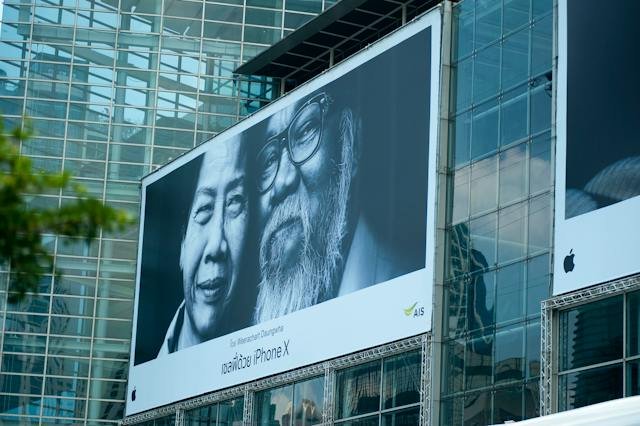Out-of-home (OOH) advertising has long been a cornerstone of marketing strategies for brands seeking to increase sales and raise brand awareness. From towering billboards along highways to eye-catching ads in subway stations, OOH advertising offers a unique opportunity to reach consumers in the physical world where they live, work, and play. In this article, we’ll delve into the ways in which OOH advertising can maximize return on investment (ROI) by driving sales and boosting brand awareness.
- Broad Reach and Frequency: One of the primary advantages of OOH advertising is its ability to reach a large and diverse audience. Unlike other forms of advertising that are confined to specific platforms or devices, OOH ads are omnipresent, appearing in high-traffic areas such as city centers, transportation hubs, and commercial districts. This broad reach ensures that brands can connect with consumers at multiple touchpoints throughout their daily lives, increasing the frequency of brand exposure and reinforcing brand messaging. Studies have shown that increased exposure to OOH advertising leads to greater brand recall and awareness, ultimately driving sales by keeping brands top-of-mind when consumers are making purchasing decisions.
- Targeted Placement: While OOH advertising offers broad reach, it also allows for highly targeted placement to ensure that ads are seen by the right audience. Through careful analysis of demographic data, traffic patterns, and consumer behavior, advertisers can strategically place OOH ads in locations where they are most likely to reach their target market. For example, a luxury fashion brand might choose to place ads in upscale shopping districts frequented by affluent shoppers, while a sports equipment manufacturer might target areas near gyms and athletic facilities. By placing ads in locations relevant to their target audience, brands can maximize the impact of their advertising efforts and increase the likelihood of driving sales among their desired demographic.
- Visual Impact and Creativity: In the crowded advertising landscape, capturing consumer attention is paramount, and OOH advertising excels in this regard. With their large format and eye-catching designs, OOH ads have the power to command attention and make a lasting impression on viewers. Whether it’s through striking imagery, bold colors, or clever messaging, OOH ads are designed to stand out in the physical environment and capture the imagination of passersby. This visual impact not only helps to raise brand awareness but also drives sales by attracting potential customers and prompting them to take action. Studies have shown that OOH ads with strong creative elements are more likely to be noticed and remembered by consumers, leading to increased brand consideration and purchase intent.
- Complementing Digital Campaigns: In today’s digital age, OOH advertising plays a crucial role in complementing digital marketing efforts and creating a cohesive omnichannel experience for consumers. By integrating OOH ads with digital campaigns, brands can extend their reach and engage consumers across multiple touchpoints, from the physical world to the digital realm. For example, a retail brand might use OOH ads to drive foot traffic to its brick-and-mortar stores while simultaneously running targeted digital ads to reach consumers online. This integrated approach not only amplifies the impact of marketing efforts but also provides valuable data insights that can inform future advertising strategies and optimize ROI.
- Measurable Results: Contrary to popular belief, OOH advertising is highly measurable, allowing brands to track the effectiveness of their campaigns and quantify ROI. With advancements in technology, advertisers can now utilize tools such as geolocation data, traffic analysis, and mobile engagement metrics to monitor the performance of their OOH ads in real-time. By tracking key performance indicators such as foot traffic, website visits, and social media engagement, brands can assess the impact of their OOH campaigns and make data-driven decisions to optimize their advertising spend. This ability to measure results not only helps brands demonstrate the value of OOH advertising but also allows them to refine their strategies and maximize ROI over time.
Conclusion
Out-of-home advertising offers a powerful platform for brands to drive sales and raise brand awareness by reaching consumers in the physical world where they live, work, and play. With its broad reach, targeted placement, visual impact, complementarity with digital campaigns, and measurability, OOH advertising provides advertisers with a unique opportunity to maximize ROI and achieve their marketing objectives. As brands continue to seek innovative ways to connect with consumers in an increasingly fragmented media landscape, OOH advertising will remain a vital component of the marketing mix, delivering tangible results and driving business growth.


